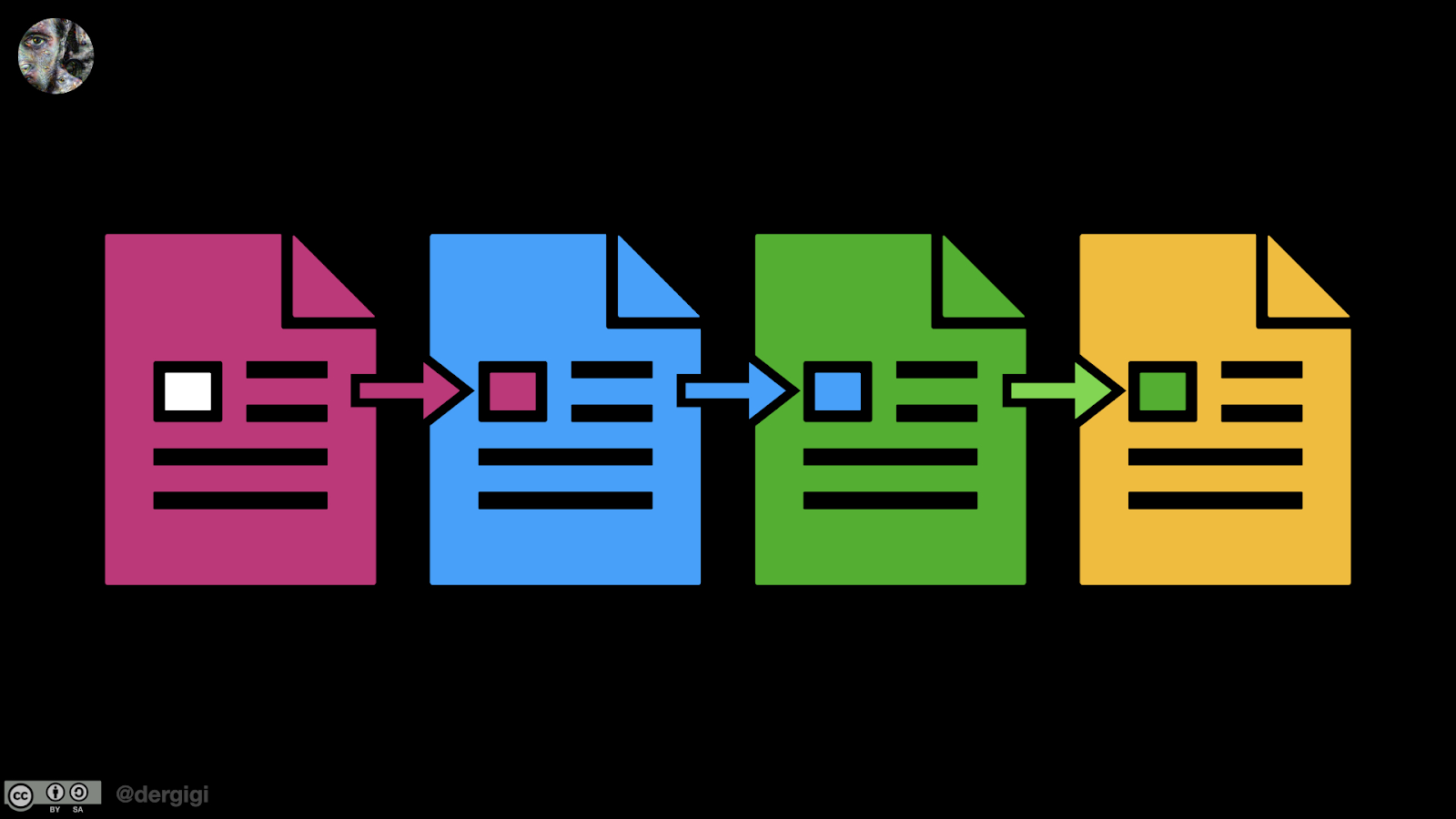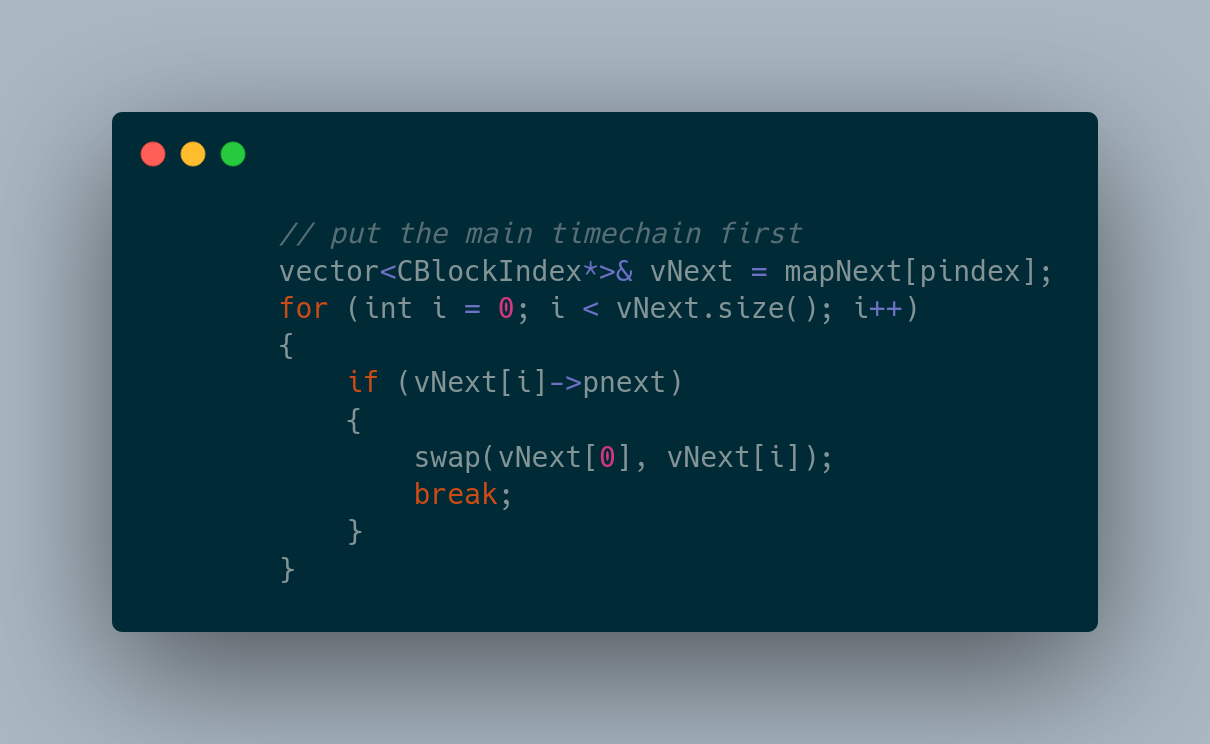All the puzzles already exist. What Satoshi Nakamoto has to do is to put them together and remove the “timestamp company” from the equation.
The Translation Bureau is a subordinate translation team, focusing on technology, business, workplace, life and other fields, focusing on introducing new foreign technologies, new perspectives, and new trends.
Editor’s note: Since the birth of Bitcoin and other virtual currencies, it is destined to be a process of mixed reputation. Just like the proverb: half of human nature is divine and half of animal nature. This sentence perfectly embodies the characteristics of Bitcoin. Its decentralized design mechanism generally arouses people’s infinite reverie and hope; but in the process of implementation, it is mixed with too much human greed about wealth and desire. The “Animal Spirit” of Keynes was vividly embodied. “When you stare into the abyss, the abyss also stares at you. In this article, the author cites classics and deeply analyzes the nature of Bitcoin. He believes that timekeeping devices have changed civilization more than once. As the American social philosopher Lewis Mumford said As pointed out in 1934: “The key machine in the modern industrial age is a clock, not a steam engine.” Today, it is another timekeeping device that is changing our civilization: clocks, not computers, are the real key to the modern information age. Machine, and this clock is Bitcoin. The original title Bitcoin Is Time, author dergigi.
Related articles:
-
Why do you say “Bitcoin is time”? (1)
-
Why do you say “Bitcoin is time”? (Two)
-
Why do you say “Bitcoin is time”? (Four)
Causality and unpredictability
Time is not a reality [hupostasis], but a concept [noêma] or a measure [metron].
——Ancient Greek philosopher Antiphon, on truth (third century AD)
Although causality is essential, it is not enough. We also need the unpredictability of the flow of time. In thingIn the realm of science, we observe natural processes to describe the flow of time. We observe a general increase in entropy and call it the arrow of time. Although in most cases, the laws of nature seem to be blind to the direction of this arrow, in fact, some things are irreversible. Like they said, you can’t restore a scrambled egg to the original egg.
Similarly, building the arrow of time in the digital realm also requires an entropy increasing function. Just like it is almost impossible to restore an egg, it is actually impossible to unlock a SHA256 hash value or cryptographic signature.
If there is no such increase in entropy, we can move forward and backward arbitrarily in time. For example, the Fibonacci sequence is causation, but not entropy. Each number in the sequence is caused by the previous two numbers. In this sense, it is a causal chain. However, looking at the time is useless, because it is completely predictable. Just as a kidnapper cannot simply stand in front of a calendar showing the current date, we cannot use a predictable process as a proof of time. We always rely on things that cannot be predicted in advance, such as the front page of the newspaper of the day.
Bitcoin relies on two unpredictable sources: transactions and proof-of-work. Just as no one can predict what the newspaper of tomorrow will look like, no one can predict what the next Bitcoin block will look like. You cannot predict which transactions will be included because you cannot predict which transactions will be broadcast in the future. And, more importantly, you cannot predict who will find a solution to the current proof-of-work problem and what the solution will be.
However, unlike the kidnapper’s newspaper, the proof of work has a direct practical connection to what happened. It is not just a record of an event, but the event itself. It is the directness of the probability of proof of work that makes trust disappear from the equation. To find a valid proof of work, the only way is to make a lot of guesses, and making a guess takes a little time. The sum of the probabilities of these guesses is the reason for the establishment of the Bitcoin time chain.
By leveraging the causality of hash chains and the unpredictability of proof of work, the Bitcoin network provides a mechanism to establish an undisputed witness of historical events. Without causality, things before and after cannot be clarified. Without unpredictability, causality has no meaning.
Every kidnapper’s intuitive understanding, Bayer, Haber, and Stormetta clearly pointed out in 1992: “In order to determine that a document is generated after a certain moment, it is necessary to report events that cannot be predicted before the event occurs. .”
Proof of publication
It is the combination of causality and unpredictability that creates an artificial “now” in the originally eternal digital realm. As Bayer, Haber, and Stornetta pointed out in their 1991 paper: “The order in which the client requests the timestamp and the hash value they submit cannot be known in advance. Therefore, if we include in the signed certificate The bits requested by the client in the previous sequence, then we know that the timestamp occurs after these requests. [……] However, the requirement to include the seat of the previous file in the certificate can also be used to solve the problem in another direction. Time limit, because the timestamp company cannot issue future certificates unless it has the current request.”
All the puzzles already exist. What Satoshi Nakamoto has to do is to put them together and remove the “timestamp company” from the equation.
Time Proof
The reason is hidden, but the result is known.
—— Ovid, The Metamorphosis, (AD 8)
Let us sum it up: to use money in the digital realm, we must rely on ledger technology. In order to make the ledger reliable, there needs to be a clear order. In order to establish order, a time stamp is required. Therefore, if we want to have a trustless currency in the digital realm, we must remove any entity that creates and manages time stamps, as well as any single entity responsible for time itself.
A genius like Satoshi Nakamoto realized the solution. “In order to implement a distributed timestamp server on a peer-to-peer basis, we need to use a proof-of-work system similar to Adam Back’s Hashcash”
We need to use a proof-of-work system because we need something native to the digital domain. Once you understand that the digital realm is informative, the obvious conclusion is that computing is everything to us. If your world is made of data, then the manipulation of data is all.
Proof of work is effective in a peer-to-peer environment because it is trustless, and it is trustless because it is out of touch with all external inputs, such as clock (or newspaper) readings. It depends on only one thing: computing requires work, and in our universe, work requires energy and time.
Connecting time
I know it works for me.
When we crossed the burning bridge
The flame behind us.
We are at the forefront
Baby, it’s you and me, against the world.
—— Kate Bush, Burning Bridge (1985)
If there is no proof of work, you will always encounter Oracle problems, because the physical world and the information world are always disconnected. The mark on your sheep list is not your sheep, the map is not the territory, and what was written in the newspaper yesterday is not necessarily what happened in the real world. In the same way, if you use a real-world clock to record a timestamp, it does not mean that it is the actual time.
To put it bluntly, it is impossible to believe that data represents reality unless the reality is inherent in the data itself. The brilliance of Bitcoin’s difficulty adjustment proof of work is that it creates its own reality, as well as its own space and time.
Proof of work provides a direct link between the digital domain and the physical domain. More profoundly, it is the only connection that can be established in a trustless manner. Everything else will always depend on external input.
The difficulty of mining a new Bitcoin block will be adjusted to ensure that the thin line between Bitcoin’s time and our time remains the same. Just like a clock, the mining difficulty will be readjusted every 2016 blocks. The goal of this readjustment is to keep the average time between blocks at ten minutes. It is these ten minutes that have maintained a stable connection between the physical field and the information field. Therefore, re-adjusting the ticking of the Bitcoin clock requires human time awareness. Re-adjustment based purely on blocks will not work because it will be completely out of our human world, and the whole purpose of the re-adjustment is to prevent us ingenious humans from discovering blocks too fast (or too slow).
As Einstein showed us, time is not a static thing. There is no such thing as universal time that we can rely on. Time is relative, and simultaneity does not exist. This fact alone makes all timestamps, especially timestamps that span large distances, inherently unreliable. (By the way, this is why the time stamps of GPS satellites must be constantly adjusted).
For Bitcoin, our human time stamps are inaccurate, which is not very important. We don’t have an absolute frame of reference, and it doesn’t matter. They only need to be accurate enough to calculate a certain reliable average for each block in 2016. To ensure this, the meatspace timestamp of a block will only be accepted if two criteria are met:
1. The timestamp must be greater than the timestamps of the first 11 blocks Digits.
2. The timestamp must be less than the network adjustment time plus two hours. (“Network adjustment time” is just all the nodes connected to youThe median of the timestamp returned. )
In other words, the adjustment of difficulty is to keep the time constant, not the safety, difficulty, and energy consumption. This is very clever, because good money consumes time, not energy. Simply linking money and energy is not enough to create absolute scarcity, because every improvement in energy production will allow us to create more money. Time is the only thing we can never make more. As Julian Simon pointed out, it is the ultimate resource. This makes Bitcoin the ultimate form of currency because its issuance is directly related to the ultimate resource of our universe: time.
Difficulty adjustment is essential, because if there is no difficulty adjustment, as more miners join the network or the efficiency of mining equipment increases, Bitcoin’s internal clock tends to go faster and faster. We will soon encounter the coordination problem that Bitcoin has to solve. Once the block time is below a certain threshold, say 50 milliseconds, even in theory, it is impossible to reach agreement on the shared state. It takes approximately 66 milliseconds for light to travel from one end of the earth to the other. Therefore, even if our computers and routers are perfect, we will return to the original point: given two events, it is futile to distinguish which event occurred before and which event occurred after. If the difficulty of Bitcoin mining is not regularly adjusted, we will encounter helpless problems, and the speed of solving coordination problems will exceed the speed of light. Time is also the source of the instability of cryptography, which has been outlined in Chapter 1. The reason why cryptography works is because of the asymmetry of time: it takes a short time to build a password wall, and it takes a long time to break it, unless you have a key.
So, in a sense, proof of work, and the difficulty adjustments that go with it, artificially slow down time, at least from the perspective of the Bitcoin network. in other words. Bitcoin implements an internal rhythm. Its low frequency can provide sufficient buffer for communication delays between peers. Bitcoin’s internal clock will be readjusted every 2016 blocks, so on average every 10 A valid block will be found in minutes.
From an external perspective, Bitcoin transports the chaos of asynchronous messages broadcast worldwide to a parallel universe, limited by its own rules and its own sense of space and time. From the perspective of the Bitcoin network, transactions in the mempool mining pool are eternal. Only when a transaction is contained in a valid block will it be assigned a time: the number of the block it contains.
BitCoin v0.01 ALPHA (2009)
It’s hard to say what an elegant solution this is. Once you are able to create your own definition of time, it becomes trivial to interpret what happened before and after. In turn, what happened, in what order, and therefore, who owes whom, agrees, becomes trivial.
Difficulty adjustment can ensure that the ticking sound of Bitcoin’s internal metronome is constant to a certain extent. It is the conductor of the Bitcoin Orchestra, and it is the vitality of music.
But why do we rely on it? There are three answers. We can rely on it because calculations require work, work takes time, and related work (guessing random numbers) cannot be done efficiently.
Translator: Di Kewei
Related articles:
The magical Internet currency, why is it said that Bitcoin is time? (1)
The magical Internet currency, why is it said that Bitcoin is time? (Two)
The magical Internet currency, why is it said that Bitcoin is time? (Three)
The magical Internet currency, why is it said that Bitcoin is time? (Four)


